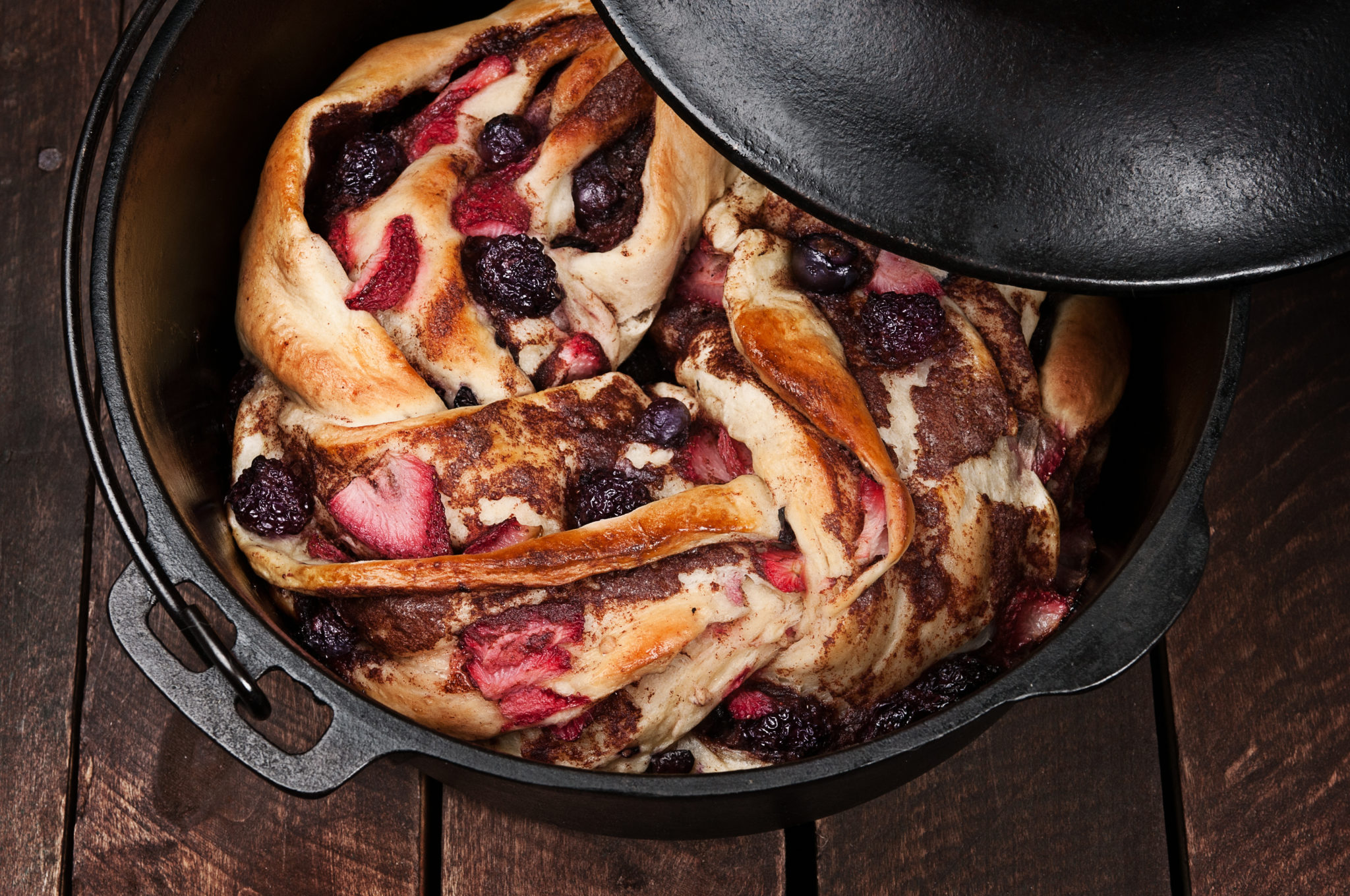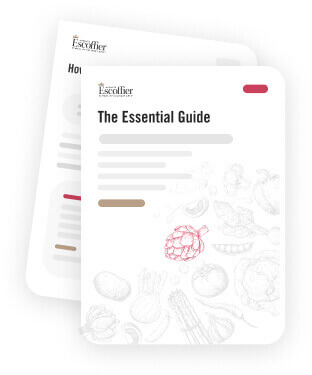
If you’ve ever been camping, you may already be familiar with Dutch ovens. This large cooking pot is a favorite at campsites everywhere, with people using hot coals to cook everything from pot pies to cherry cobbler.
But did you know that some chefs and other culinary graduates have taken these pots from the Great Outdoors into restaurants nationwide? In fact, some eateries even base all of their cooking around the use of Dutch ovens.
If you’re interested in learning about this intriguing approach to cooking, pay heed to the following five tips:
“The most popular Dutch ovens are cast iron and enameled.”
1. Choose your oven
According to The Reluctant Gourmet, there are basically two types of Dutch ovens: enameled and cast iron. There are advantages to each option. Cast iron, for instance, is much less expensive and will last longer. Enameled ovens, meanwhile, don’t need to be seasoned and can handle more acidic ingredients without being damaged.
It’s important to recognize these factors when choosing the right Dutch oven for your efforts. If it helps, seek out reviews from people who’ve used Dutch ovens in similar circumstances or to cook the same recipes.
2. Bring on the seasoning
If you do happen to buy a cast iron oven, you’ll need to season it. As Chuckwagon Supply pointed out, this process has several key benefits, including preventing rusting and enhancing the flavor of food. To season your oven, begin by applying a layer of shortening oil. From there, cook it at 300 degrees Fahrenheit for one hour. When the oven has cooled – this may take another 60 minutes – just remove any excess oil. If you use the oven with any frequency, it’s going to require more seasoning. As a rule, try to re-season your oven at least once every six months.
3. Consider your charcoal
Backwoods Home Magazine explained that most new Dutch oven chefs struggle with proper placement of charcoal. This can result in burnt food or undercooked dishes. When cooking with a Dutch oven, BHM suggested briquettes, as they create a more even distribution of heat. But more important than the kind of coal is how it’s all laid out.
Since most ovens are 12 inches in diameter, you’ll need 24 briquettes, or one for every two inches of the pan. Plus, you’ll want to put another two on top of the lid. That way, you’re heating up the entire oven and food will be cooked all the way through.
“Look out for steam coming from the oven.”
4. Watch for heat problems
While it’s the heat that cooks the food inside, your oven can easily reach temperatures that ruin your meal. Always be on the lookout for steam, which is indicative of either excessive heat or that the lid isn’t creating a proper seal. Regardless, it’s a good idea to remove a couple charcoal briquettes and then reseal the oven. If the problem persists, you may have to reseason the oven before using it again.
Oftentimes, it’s about the wood that you’ve used, and you want something that burns at lower temperatures but for much longer. That’s why so many chefs and oven aficionados rely on hardwoods.
5. Nail down the timing
Some people assume that they can toss everything into a Dutch oven and let it all cook at once. However, as Design Mom clarified, a certain sense of timing is required. For instance, zucchini is one ingredient that would disintegrate if left to cook for too long. That’s why you’ve always got to be around the Dutch oven to watch for issues and to add in these more “sensitive” ingredients. Ingredients like zucchini can be added in the final 30 or so minutes of cooking.
Bee sure to block out at least a full hour when using an oven.


